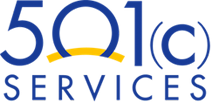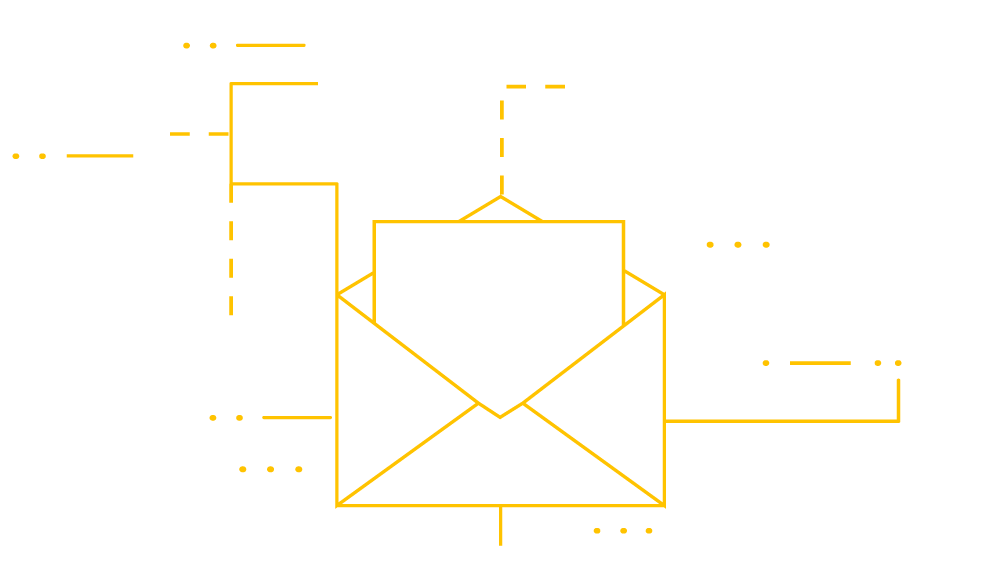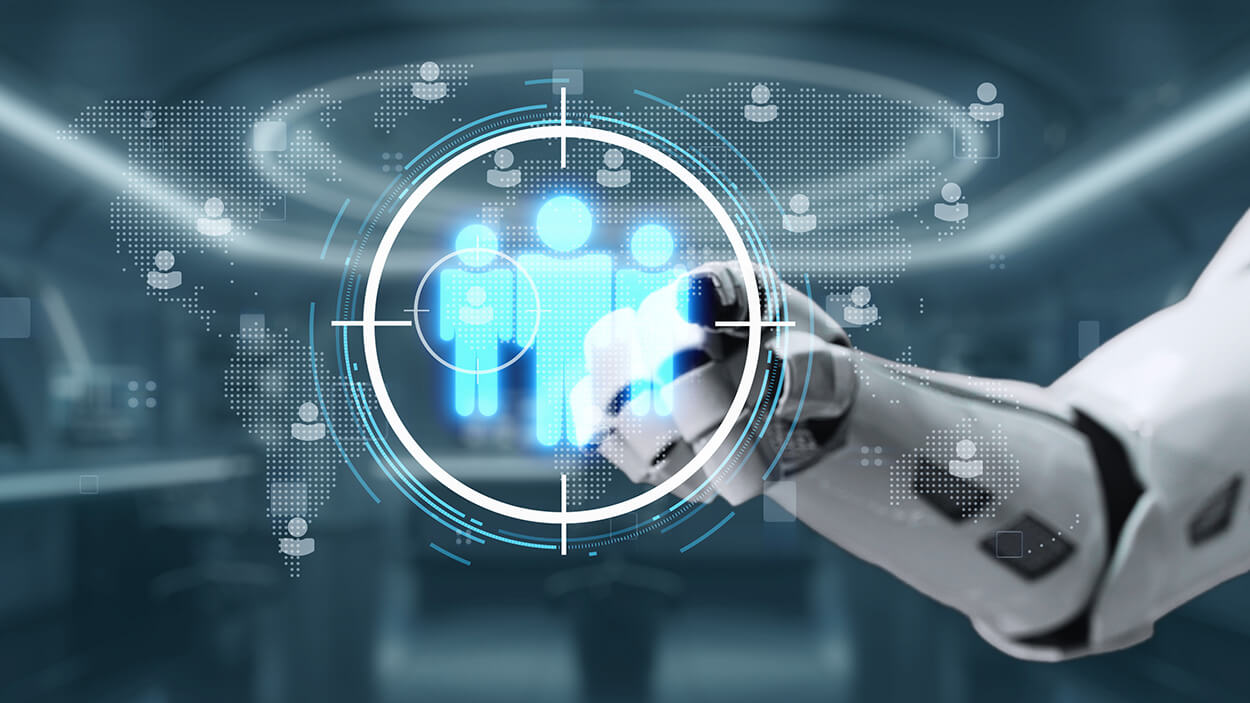
Over the last three years, large language models (LLMs) and AI tools like ChatGPT have become a significant presence in many areas of our lives, especially in the workplace. From content creation to coding support, the ability of AI to rapidly generate and analyze information has sparked widespread interest and investment. The AI ecosystem is full of tools offering everything from video transcription to meeting summarization. But getting the most out of these technologies requires a solid understanding of both their capabilities and their limitations.
For nonprofits, which often operate with limited financial and staffing resources, the promise of increased efficiency has made AI especially appealing. However, before jumping in or expanding your use of AI, it is important to consider not just the potential benefits, but also the risks. Recruiting is one area where AI has been particularly transformative and also particularly complicated. Many nonprofits struggle with hiring, and the range of AI tools available to hiring managers today has reshaped how they approach the process. Below are some of the advantages these tools offer, as well as some risks they can introduce or worsen.
The State of AI in Hiring
Even if you haven’t yet used AI in your hiring process, it is likely your candidates already have. A recent survey found that around 65 percent of job seekers report using AI at some point in their job search. This may include generating resumes, cover letters, and application responses, or automating parts of the application process entirely.
While many applicants use AI in pursuit of efficiency, this can result in a surge of applications. Some platforms now make it easy to apply to dozens or even hundreds of jobs at once, potentially flooding your inbox with submissions. This raises the question of whether automation always improves outcomes. A faster, more streamlined recruitment process does not necessarily mean you are connecting with the best possible candidates.
The key metrics typically used to evaluate AI, such as speed, volume, and cost savings, may not align with long-term hiring goals. For example, a highly automated hiring funnel may reduce short-term administrative burden but still fall short on key outcomes like employee performance, retention, and cultural fit. In some cases, the ease with which long-standing HR practices can be automated may suggest those practices need to be reevaluated.
Some Key Advantages of AI in Hiring
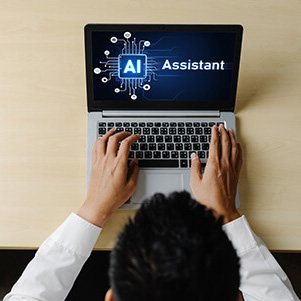 The core promise of AI is efficiency, particularly when it comes to repetitive, time-consuming tasks that require limited creativity but still demand careful attention. Many HR teams now automate basic communication touchpoints during hiring, such as sending form emails when an application is received or rejected.
The core promise of AI is efficiency, particularly when it comes to repetitive, time-consuming tasks that require limited creativity but still demand careful attention. Many HR teams now automate basic communication touchpoints during hiring, such as sending form emails when an application is received or rejected.
AI is also increasingly used in the early stages of screening, with tools that parse resumes and filter out candidates who do not meet specific requirements related to experience, skills, or certifications. Additional applications of AI in recruiting include:
- AI screening interviews, where an automated tool conducts phone interviews and analyzes the transcripts
- Real-time data analysis that identifies and optimizes the best-performing hiring platforms
- Generating customized interview questions based on a candidate’s resume or background
- Optimizing job descriptions and postings by testing language variations to improve candidate quality
- Summarizing interview transcripts so hiring teams can coordinate and avoid duplicate questions
Risks That AI Hiring Can Create or Enhance
Despite the potential for time savings, AI-powered hiring tools are not flawless. Without proper oversight, they may introduce or amplify bias rather than eliminate it. Automated filters that rely on past hiring data or vague criteria can unintentionally exclude qualified candidates, especially those from underrepresented backgrounds.
Some candidates may also find the presence of AI in the hiring process off-putting. A fully automated experience can feel impersonal, potentially turning off applicants who value human interaction or are unfamiliar with the technology. If these individuals are deterred from applying or engaging further, organizations may miss out on strong hires.
There is also a risk that perceived productivity gains may not reflect actual results. For instance, one recent study found a gap between perception and performance: software developers who believed AI tools made them 24 percent more efficient were actually 19% slower in measured output. If staff must spend time correcting AI-generated errors or receive insufficient training on the tools, the benefits of automation may disappear.
Using AI in Hiring While Minimizing Risk
Organizations that have successfully adopted AI tend to do so iteratively. Rather than fully automating their processes from the start, they experiment, evaluate, and adjust. One effective approach is to audit your recruitment pipeline before and after introducing AI tools. This helps determine whether they actually support your goals or introduce new challenges.
Transparency is another emerging best practice. Many organizations now disclose when and how AI is used in the hiring process. Some even allow candidates to opt out of automated screening steps. Research has shown that most people still express low levels of trust in AI, which can reduce candidate engagement if not addressed thoughtfully.
Ultimately, the effectiveness of AI in hiring comes down to how success is defined and measured. If your main goals include attracting high-quality, long-term contributors, make sure your hiring metrics reflect that. Time-to-fill and cost-per-hire are important, but so are performance, team fit, and retention. When evaluating an AI tool, ask whether it supports these outcomes or simply makes surface-level tasks easier.
Growing a Nonprofit is Hard. We Can Help.
We are a team of experienced nonprofit professionals committed to helping organizations like yours navigate the challenges of recruiting, retaining, and developing talent. If you would like to learn more about how we can support your goals, please get in touch with us today.
About Us
For more than 40 years, 501(c) Services has been a leader in offering solutions for unemployment costs, claims management, and HR support to nonprofit organizations. Two of our most popular programs are the 501(c) Agencies Trust and 501(c) HR Services. We understand the importance of compliance and accuracy and are committed to providing our clients with customized plans that fit their needs.
Contact us today to see if your organization could benefit from our services.
Are you already working with us and need assistance with an HR or unemployment issue? Contact us here.
The information contained in this article is not a substitute for legal advice or counsel and has been pulled from multiple sources.
(Images by frolopiaton-palm)

